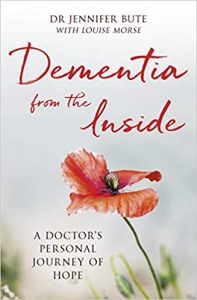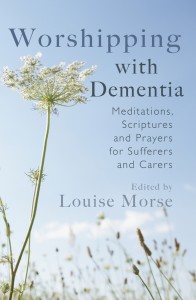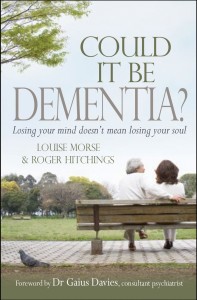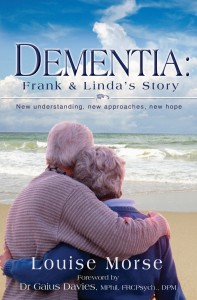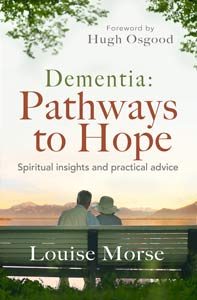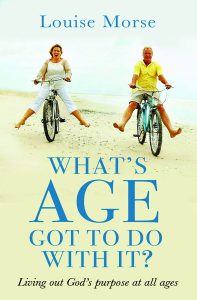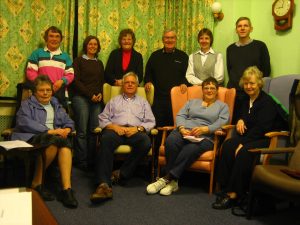
The over-50s could be forced to pay more than £300 a year extra National Insurance to help fund a fairer social care system under plans drawn up by senior Tory Damian Green.
The former Cabinet minister argues that the care system should adopt the model of the state pension, with everyone entitled to a basic “safety net” of support, but individuals are encouraged to top up this provision from their own savings or housing wealth. Mr Green suggests older people could scale down and move into a smaller property. But as with every generation, only a handful of older people have ‘housing wealth’. (And even if they wanted to downsize, there aren’t enough smaller properties!)
Mr Green said that the Government spends about £10 bn on social care, and ‘we know that it is not enough!’ Indeed. In the 23 months following the Chancellor’s promise in 2017 that there would be a Green Paper on Social Care, 54,000 pensioners died waiting for their care to begin. 636,000 were refused care funding altogether. [ii]
Local authorities are paying so below the cost of residential care that thousands of homes have been forced to close. The latest to go into administration is Four Seasons Health Care, that has 17,000 residents and 20,000 staff. Recently, a local authority in the midlands has sent our care home there a payment of less than half the cost for one of its residents. If Local Authorities paid the real cost of care we would be able to care for more people, and build a new home every 5 -6 years to cater for the growing numbers. As it is, were it not for our supporters we would not be able to do what we do today.
But the notion that the elderly are a burden and that the country can’t spare the money for social care ignores the fact that pensioners are contributing £billions a year to the economy, NET of social care costs.
Independent economic consultants SQW showed that the older generation contributed NET £40 bn a year in 2010 through, among other contributions, taxes, spending power, provision of social care and volunteering. SQW said this would rise to £82 bn by 2030. The report was commissioned by the Royal Voluntary Society.[i]
In 2010 the cost of providing social care to older people cost £34 bn and will rise to £52 bn by 2030. So, doing the maths there will be £30 bn still left in the Exchequer after footing the social care bill. All provided by the generation that needs it. (Am I missing something here? This is so elementary!)
The WRVS called its report, ‘Gold Age Pensioners’, reflecting their value not just in monetary terms, but in their voluntary and social work. Many charities would collapse without their voluntary workers, most of whom are pensioners. (Who else has the time? Not the JAMs, (people just about managing) doing their best to make ends meet!)
So why is their contribution to the Exchequer not being mentioned and more to the point – why can’t it be used to fund social care?
[i] https://www.royalvoluntaryservice.org.uk/Uploads/Documents/gold_age_ecconomic_2011.pdf
[ii] https://www.ageuk.org.uk/latest-press/articles/2019/february/more-than-50000-older-people-have-now-died-waiting-in-vain-for-care-during-the-700-days-since-the-government-first-said-it-would-publish-a-care-green-paper/)









